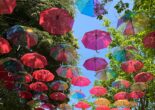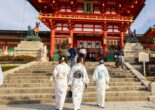Tamachi is the gateway to the closest islands in Tokyo Bay, and home to several kinds of restaurants you have never heard about. Including a totally Japanese hamburger chain. Read here to find out more.
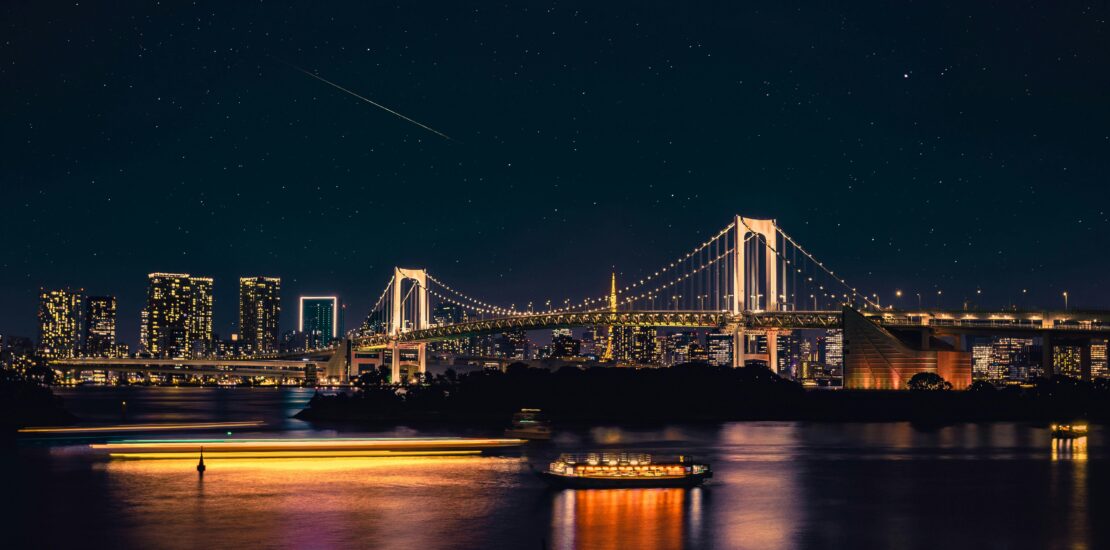
Tamachi is a station on the Yamanote line you may never have thought about. It was the sixteenth stop to open on the Yamanote line in 1909, on land that was sea only 30 years ago, part of the huge reclamation of land from Tokyo Bay that followed the start of the Tokyo modernization with the Meiji restoration.
Black ships in the Bay
The Tokyo Bay that met the Black Ships of commodore Perry looked very different from today. While there had been some land reclamation, most notably around Daiba Fort, the bay was still mostly mudflats inaccessible to sailing ships. Not to speak of steamboats. But that would change quickly.
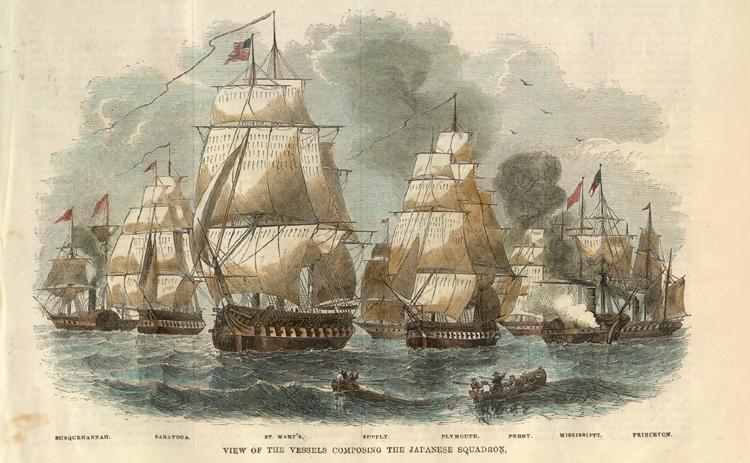
Tamachi was one of the first areas to be filled in and reclaimed, due to the railway running through it. When the railway was new, this was still a muddy seashore, but soon the muddy reed banks became islands, grew streets and buildings, as the canals between the islands were dredged.
Wells saved lives
Towards the southeast of Tamachi Station, south of the Keio University grounds, is a couple of small parks. They used to belong to the several temples in the area, but the park to the south was taken over by the Imperial Family and used as an imperial residence. What remains is only part of the park, and its most remarkable feature are several hand pumps, connected to wells.
Today, you can not drink the water without boiling it, but the wells were crucial in providing the residents with drinking water after the Great Kanto earthquake of 1923, which smashed up the infrastructure of the city. You will see similar wells all around Tokyo, nowadays used for garden watering or fire preparedness rather than sources of drinking water. Other than in an extreme emergency.
Bubble year memories
Since the area was sea floor until the beginning of the 20th century, the Tamachi area is not as rich in history as other Yamanote line stations. The area was mostly industrial in its early life, then became more of an entertainment district during the rowdy Bubble Years from 1986 to 1991, when money was flowing like toilet paper and individual properties in Tokyo could be valued higher than all properties in the state of Texas together.
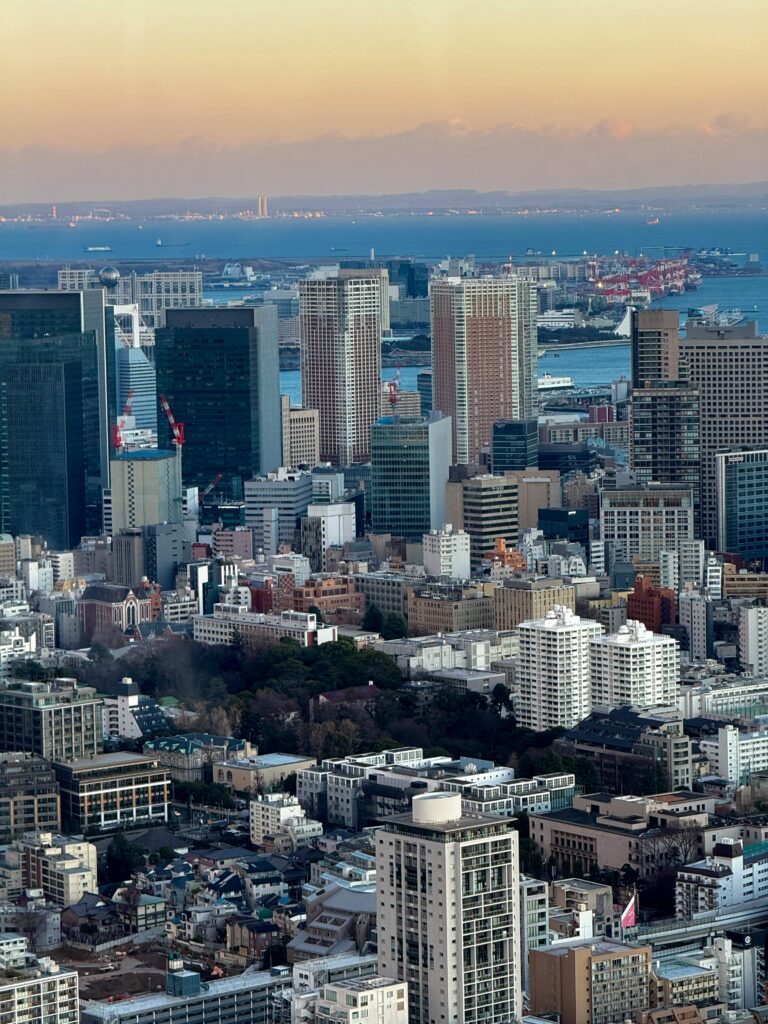
When the bubble burst, the entertainment district went bust too. Much of the entertainment moved to Odaiba, but while the restaurants on the waterfront between the towering condominiums are very steady affairs today, one place remains to tell about the entertainment during the Bubble Years and before.
Edo entertainment stories
The Minato Center for Traditional Culture looks out of place, a low wooden building in traditional design squeezed in between the high-rises. The center is focused on the
entertainment arts, featuring lectures by kabuki actors, traditional performers, and even geisha. There are, still, a few geisha houses in Tokyo, although not as visible as those in Kyoto, nor at all tourist friendly. Of course, all lectures are in Japanese.
While this was still an area of small factories by day and illicit clubs at night during the bubble years, the condominium towers grew and today the Tokyo harbor islands are almost totally residential.
Japanese Antarctic exhibition
There is some history here, though, even if recent. Leave the station through the Shibaura exit and walk straight ahead; on the next island to the north is the birthplace of Coca-Cola in Japan.
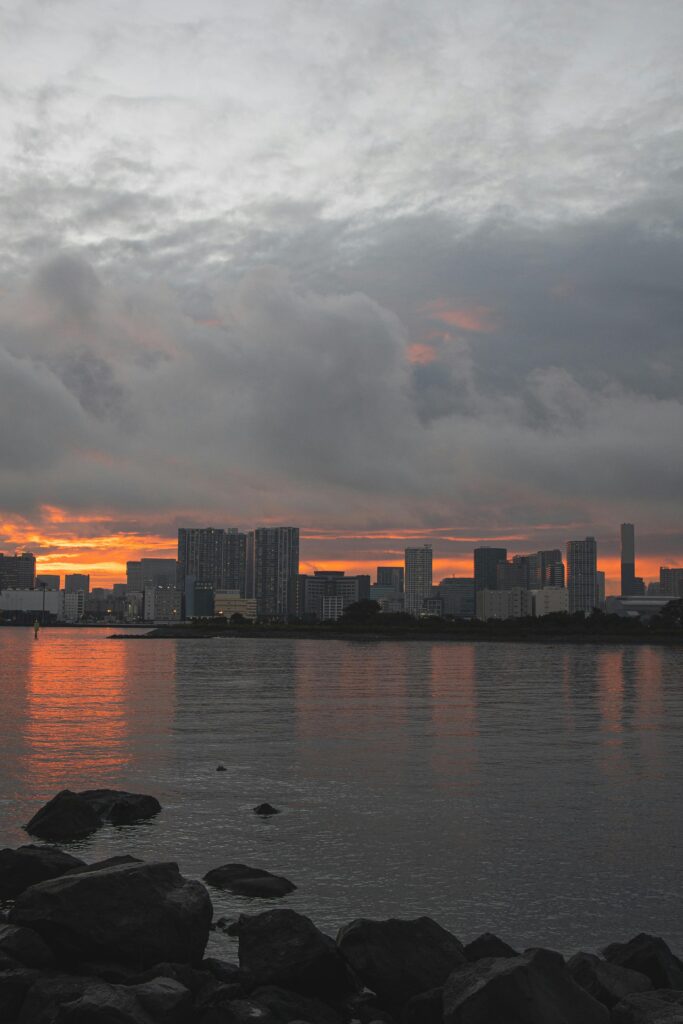
Continue past Shibaura Island; on the next island, a little to the north along the highway, is a small park. It is built to recreate the first Antarctic expedition by a Japanese ship, hence the penguins. The park is actually modelled on Antarctica. Next to it is a monument (and a small baseball field) commemorating the creation of the first professional baseball team in Japan.
Rainbow Bridge walkway
But the interesting part comes as you continue on, to the Rainbow Bridge. Turn left as you come to the seashore and follow it until you get to the Shibaura Anchorage, which is an observation platform in the middle of the bridge entrance.
The Rainbow Bridge is an iconic landmark, visible from the entire Tokyo waterfront, and conversely one of the tallest buildings around, giving you an uninterrupted view of the Tokyo harbor.
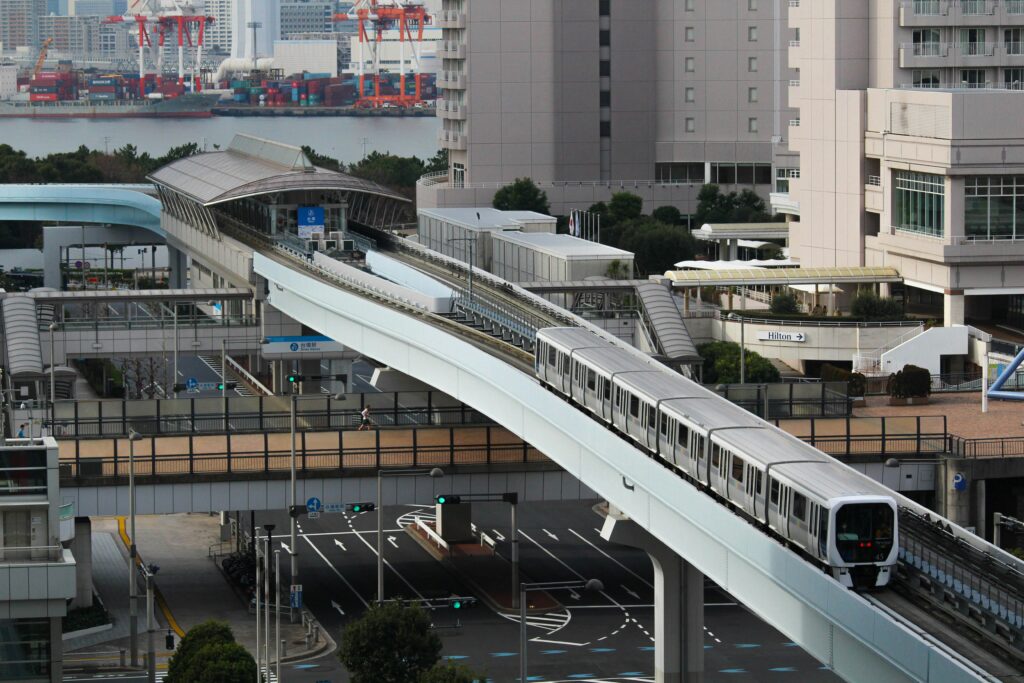
The ride on the Yurikamome driverless train, which crosses the Rainbow Bridge, is almost a real-world rollercoaster ride (although the downslope is slow and steady rather than gut-curling fast).
No pot of gold either end
It is called the Rainbow Bridge not because there is a pot of gold at either end (the Bubble Years ended just as the bridge was finished, and all the gold disappeared). Rather, the name comes from the illumination in rainbow colors each December (not because of LGBTQ friendliness either).
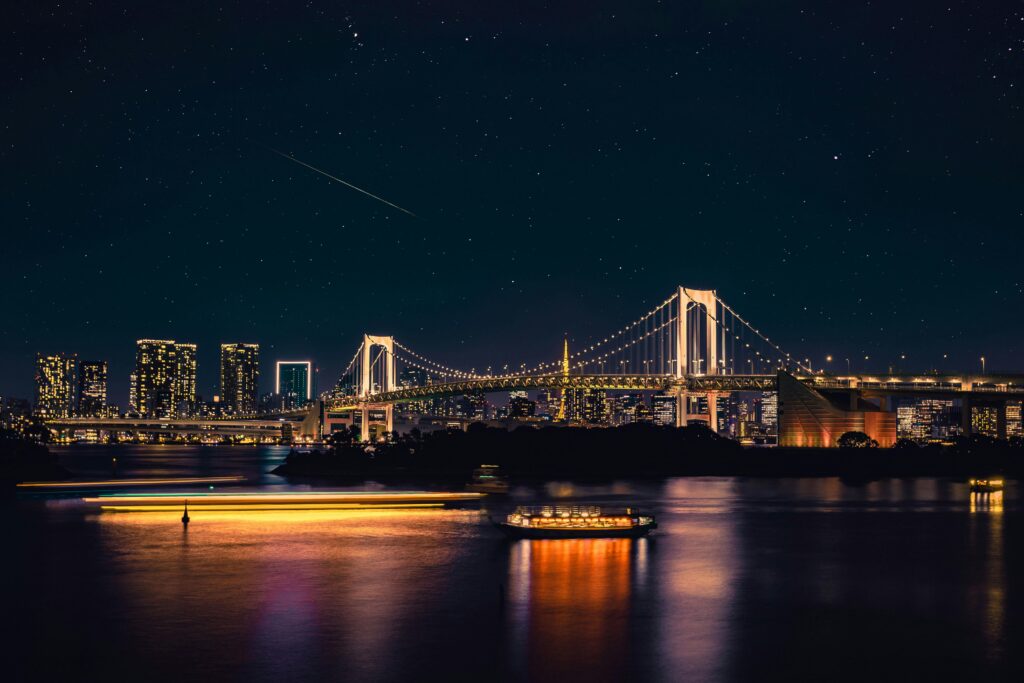
The pylons are actually white, and the bridge has a much more boring official name that nobody uses.
But you do not have to take the Yurikamome to cross the Rainbow Bridge. Nor ride a car. The bridge has two decks, with the upper deck used by cars, and two lanes on the lower deck dedicated to cars, with Yurikamome in the middle. And pedestrian walkways on the outer side. You can take a bicycle too, but you will not be able to ride it.
When the weather is good, you can see mt Fuji from the southern side, and Tokyo Tower and Tokyo Sky Tree from the north side (even when the weather is not quite as good). It is also one of the best places to see Odaiba and the small islands in Tokyo Bay which have not been ingested by the encroaching city.
Daylight walkways
The walkways are not connected anywhere on the bridge, so you have to walk all the 798 meters to the other end, and cross there.
There are observation platforms at either end of the bridge, with an elevator to take you up to the walkway. The walkways are only open during daylight hours (9 AM to 9 PM in summer, 10 AM to 6 PM in winter. The walkway access closes 30 minutes before the walkway closes. Access is free, but bring a warm coat in winter and something windproof all seasons.
Stay tuned for more exciting content like this! Follow us on our social media platforms and check out our blog regularly to stay updated on the latest news, trends, and insider stories from Japan. Don’t miss out on future updates—sign up for our newsletter for exclusive content delivered straight to your inbox!

